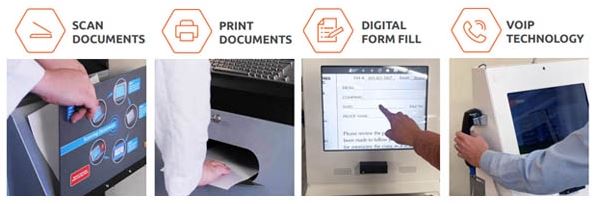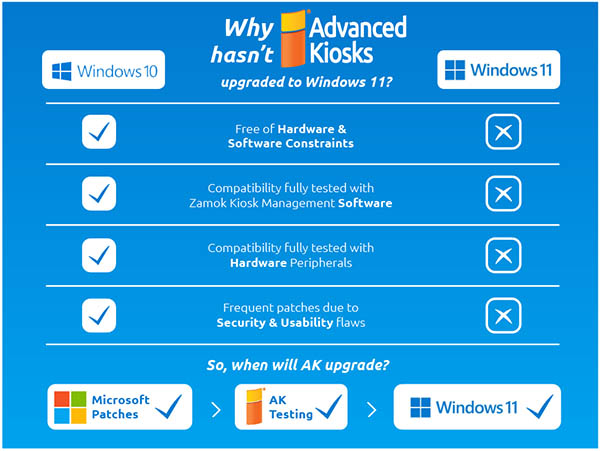Zamok Kiosk Office Suite Self-Service Kiosk
A Self-Service Extension of Your Office!
Offer the convenience of 24-hour customer access while automating services and paperwork with the Zamok Kiosk Office Suite Kiosk.
Zamok Kiosk Office Suite 3.0 is a complete hardware and software solution that can be configured to your needs.
The system is designed to interact with your customer to help fill out forms, scan and submit documents, look up services, check in to appointments, and print forms and documents as needed. It communicates back to you what it is doing and sends the appropriate people or person scanned documents, completed forms, and reports as needed.
Chapters
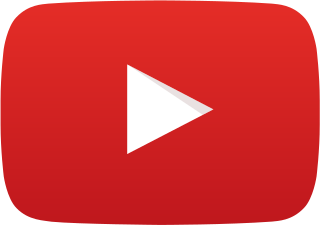 Presence Detection
Presence Detection Interface Translation
Interface Translation Instructional Popup
Instructional Popup Voice over IP
Voice over IP Kiosk Lockdown
Kiosk Lockdown Facelock
Facelock Kiosk FormFlow - Demonstrating Facelock, FormFlow, Printing, PDF Creation & Email to Recipient
Kiosk FormFlow - Demonstrating Facelock, FormFlow, Printing, PDF Creation & Email to Recipient Document Scanning - Demonstrating Scan & Email to Recipient
Document Scanning - Demonstrating Scan & Email to Recipient Print Documents
Print Documents  Bill Payments
Bill Payments Customized Solutions. See what others are doing!
There are many features included in this robust software solution. Your industry has specific needs. See how other organizations in your industry are using Zamok Kiosk Office Suite Kiosk to save time, money and resources.
Choose your industry…

Government
24/7 Automated services
- scanning
- printing
- form submissions
- VOIP functionality & more

Courthouses
Reduce wait times
- schedules
- form submissions
- FAQs, wayfinding & directions
- interface translation

Law Enforcement
Reduce paperwork
- legal form submissions
- permits
- applications
- bill payment
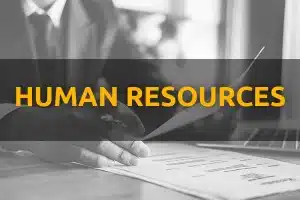
Human Resources
Employee service portal
- PTO requests
- MSDS & document access
- notices & events
- benefit enrollment

Housing Authority
Save time & resources
- service applications
- scan & print documents
- bill payments
- form assistance
Zamok Kiosk Office Suite Feature Videos
Zamok Kiosk Office Suite Self-Service Kiosk
Your 24/7 Automated Service Partner
Welcome to a new era of convenience with the Zamok Kiosk Office Suite System. Our innovative solution is more than just hardware and software – it’s a gateway to round-the-clock customer and employee service. This system works tirelessly, automating services to streamline your operations and significantly reducing paper usage.
Experience Unrivalled Control and Flexibility
The Kiosk Management Software, Zamok, empowers you with unprecedented control over the user interface (UI). Create and manage workflows that best suit your business model and control the user experience like never before. Not familiar with workflows? No problem – check out our comprehensive Visual Guide to Workflows for a step-by-step introduction.
Interactive Customer Support, Anytime
Transform your customer service with the Zamok Kiosk Office Suite System. Whether it’s assisting customers with form filling, scanning documents, checking appointment availability, or printing forms on-demand, our system is there to help. This dynamic interaction not only enhances the user experience but also aids in information accuracy.
Stay Informed
The Zamok Kiosk Office Suite System isn’t just about providing services – it’s also about keeping you informed. With regular updates on activities, scanned documents, completed forms, and insightful weekly reports and notifications, you’ll always be up to speed on your kiosk operations.
Embrace the future of service automation today with the Zamok Kiosk Office Suite System. For more information or to arrange a demo, please contact us.
The Zamok Kiosk Office Suite Kiosk self-service product has a considerable impact on your bottom line.
It is the perfect solution for industries like government, housing authorities, courthouses, human resources, and more.
Now we know what you might be thinking – how is Zamok Kiosk Office Suite Kiosk different from other kiosk hardware? Well, kiosk hardware is just that – hardware—one piece of a larger puzzle.
To properly function and fulfill customer and employee needs, a complete kiosk solution partners with software. Together, kiosk and software make a difference in your business’s day-to-day operations, effectively serving as an extension of our office, and provide your customers the best possible experience.
What You Can Expect from an Advanced Kiosks Project
Embarking on a CityGuide Project is a journey tailored to your community’s needs, from initial consultation to final delivery. Here’s what you can expect as we customize your project to perfection. With Advanced Kiosks, you don’t just get a kiosk; you receive a tailored User Interface designed to showcase your community and its unique identity.
At the 01 Free Consultation Call stage, we delve into several key points:
- Understanding Your Requirements: Our experts will take the time to listen carefully to what you're trying to do, your needs, objectives, and budject.
- Vision Exploration: We'll discuss your vision for the project, including the goals you aim to achieve and the outcomes you envision. This allows us to align our recommendations with your overarching vision and objectives.
- Tailored Recommendations: Based on our understanding of your requirements and vision, we'll provide tailored recommendations and insights. This may include suggestions for hardware options, software features, customization opportunities, and project implementation strategies.
- Answering Your Questions: Throughout the consultation call, we encourage you to ask any questions you may have. Whether it's about our process, the capabilities of our solutions, or specific project considerations, we're here to provide clarity and guidance.
Overall, the consultation call serves as the foundation for a collaborative partnership, where we work together to shape a solution that meets your needs and exceeds your expectations.
After the initial consultation, expect to receive follow-up emails. These are long emails will include:
- Product Brochures: Detailed brochures outlining the features, specifications, and benefits of our solutions. These brochures provide a comprehensive overview of our products, helping you understand their capabilities and suitability for your project.
- Pricing Sheets: We offer transparent pricing sheets that outline the costs associated with our products and services. We aim to provide clear and concise pricing information, empowering you to make informed budgetary decisions.
- Relevant Industry Information: We'll also share relevant industry insights, case studies, and success stories to further illustrate the value and impact of our solutions. This information helps you gain a deeper understanding of how our products can address common challenges and deliver tangible benefits.
By providing these resources, we aim to ensure you have all the necessary details to evaluate our solutions and make informed decisions that align with your project goals and budgetary considerations.
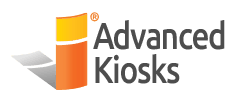

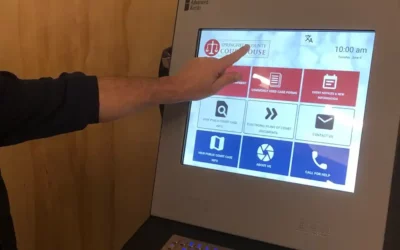

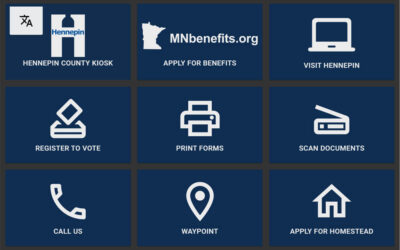







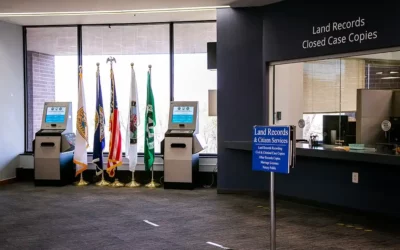

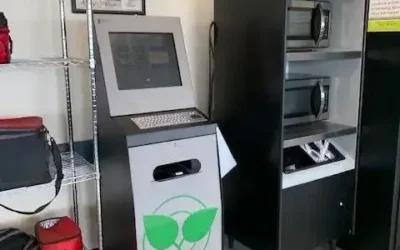


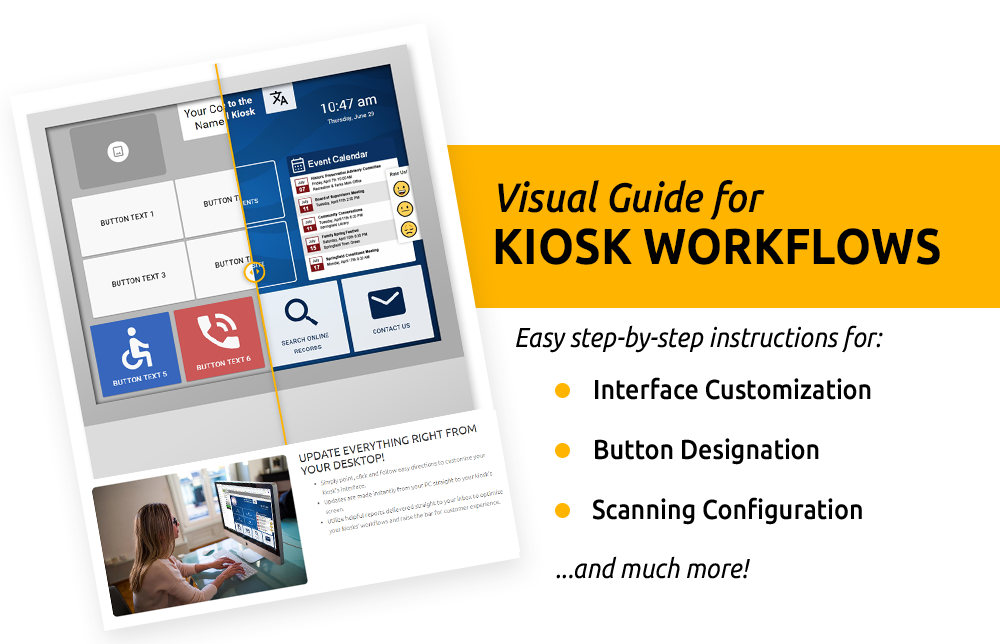

















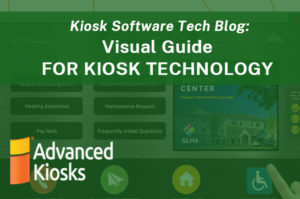
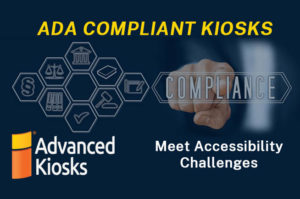

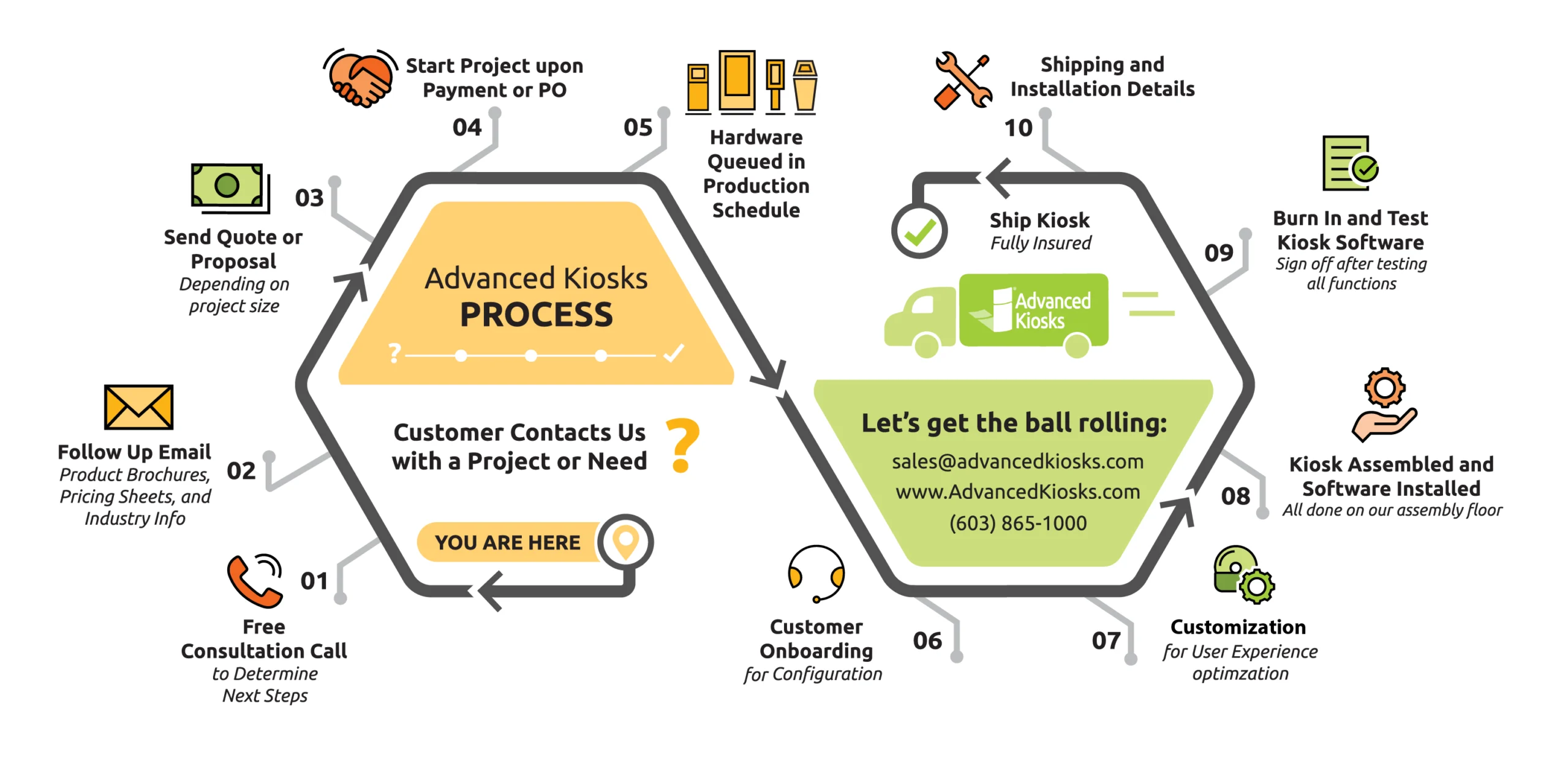

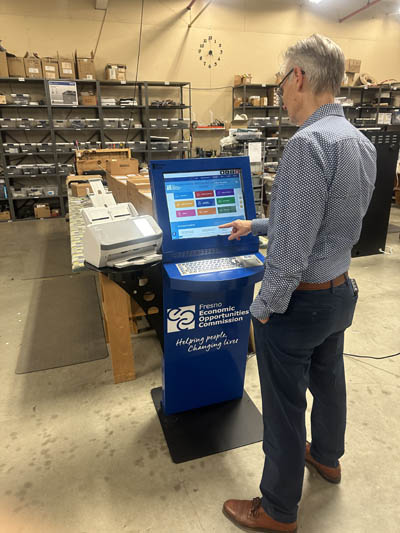
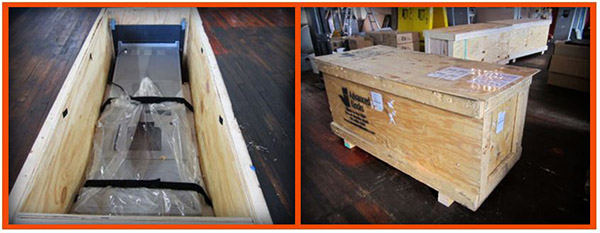
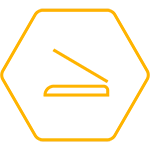
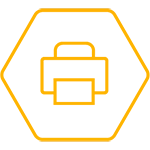
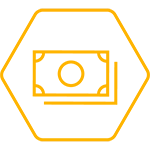


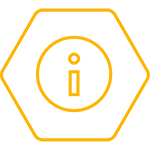
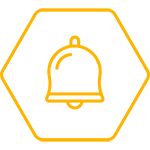
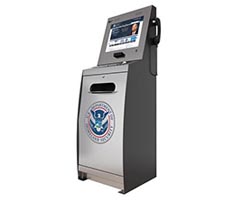
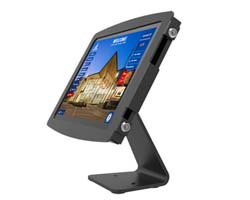
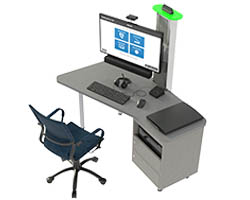

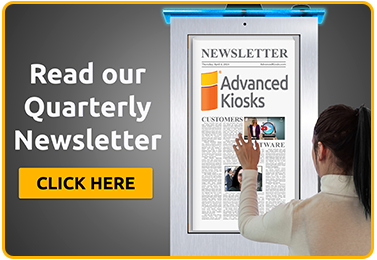
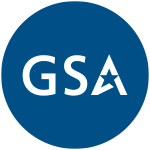
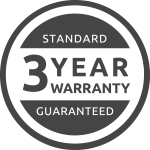

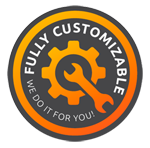

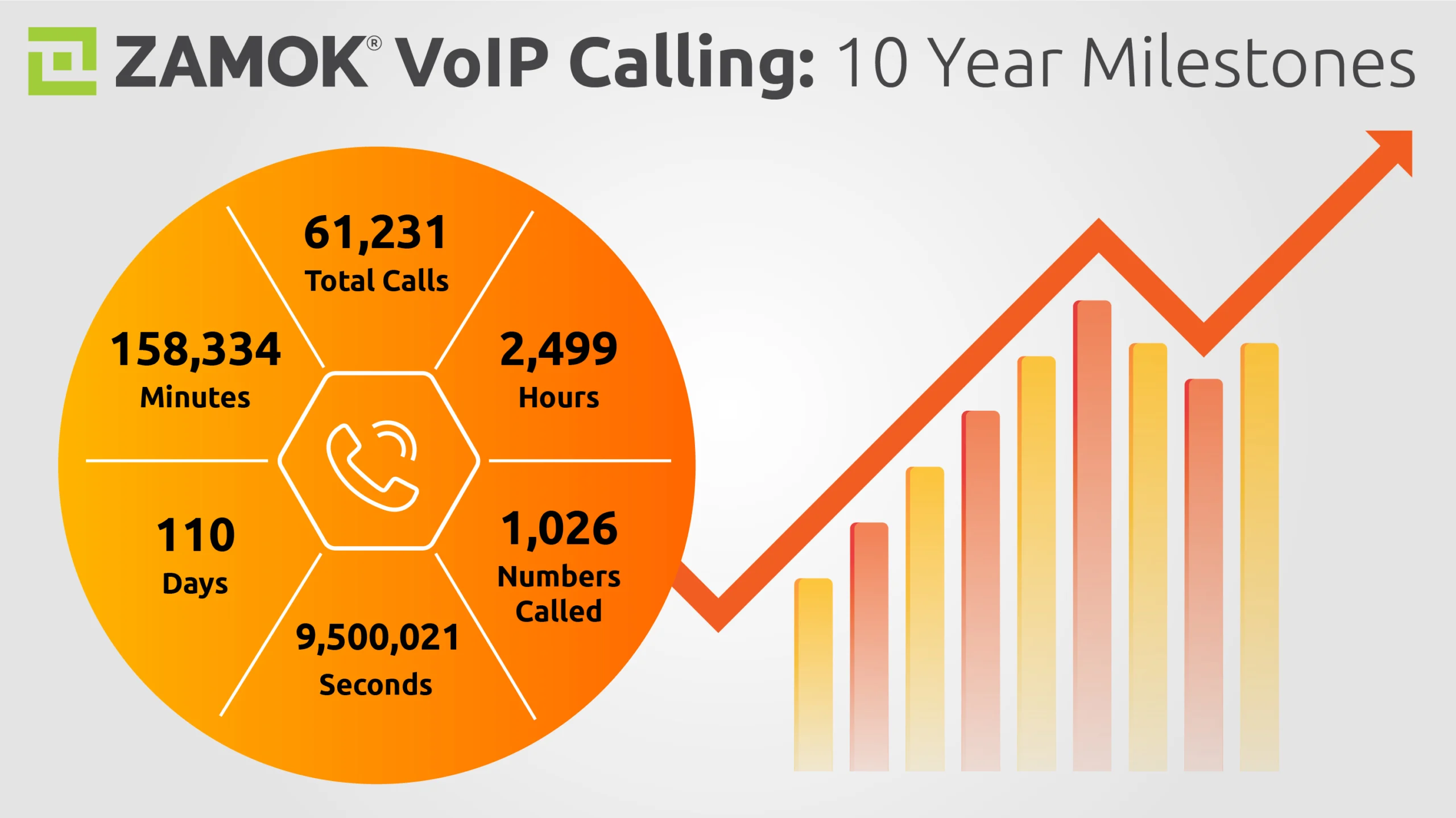
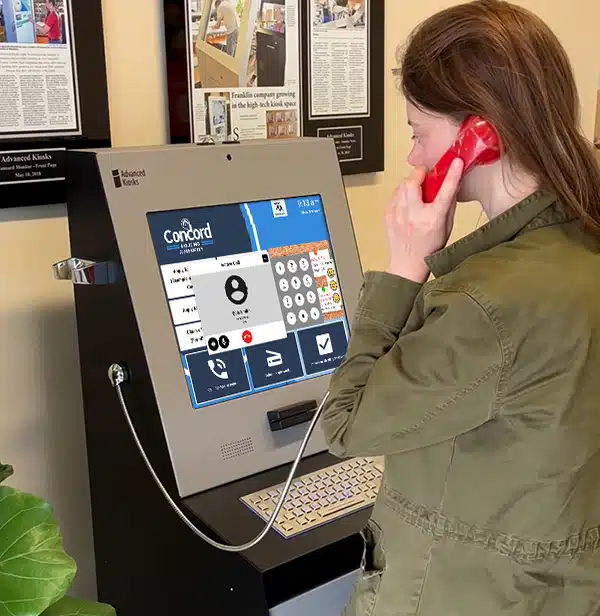


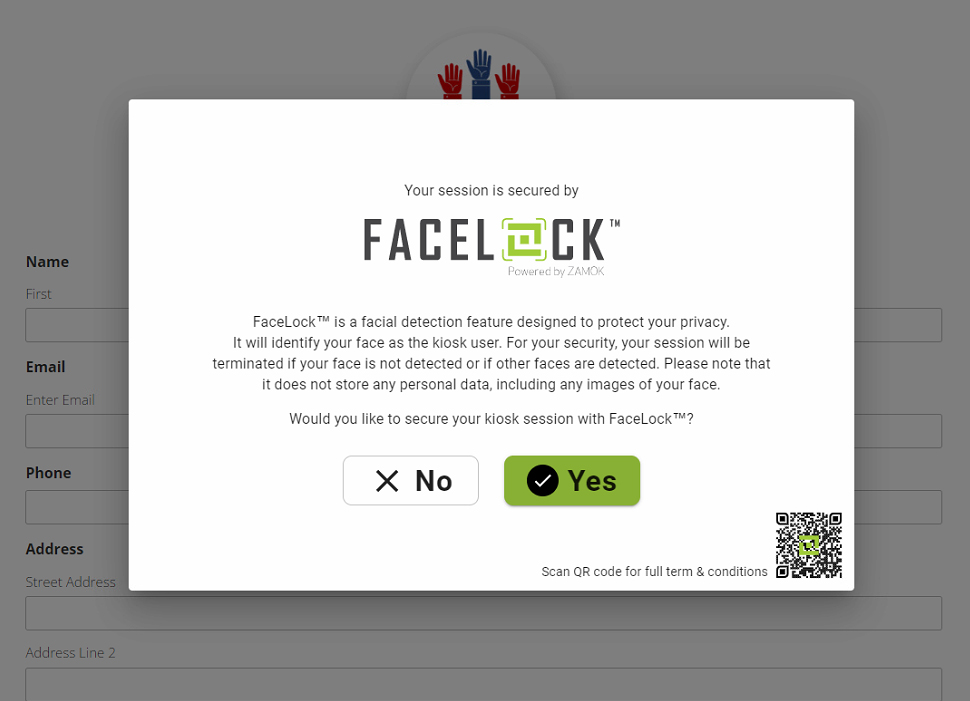
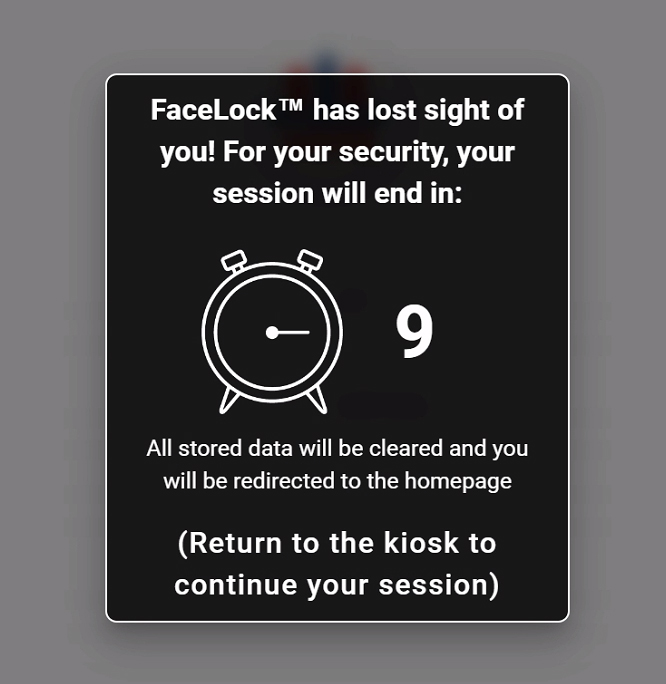
 To activate FaceLock, administrators can easily attach it to specific buttons or workflows within the Zamok template editor. By toggling a switch in the template editor configuration pane, FaceLock can be enabled for the desired workflow, providing a seamless integration with the kiosk's existing functionality.
To activate FaceLock, administrators can easily attach it to specific buttons or workflows within the Zamok template editor. By toggling a switch in the template editor configuration pane, FaceLock can be enabled for the desired workflow, providing a seamless integration with the kiosk's existing functionality.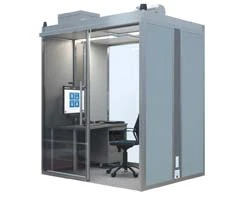 The main project was Advanced Kiosks’
The main project was Advanced Kiosks’ Government agencies use a company’s CPARS rating when considering future contract awards. Here are a few comments about Advanced Kiosks that were included in the evaluation:
Government agencies use a company’s CPARS rating when considering future contract awards. Here are a few comments about Advanced Kiosks that were included in the evaluation:

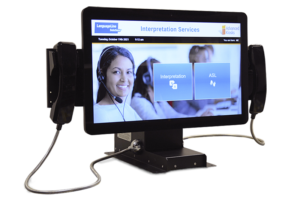 Having a convenient, cost-effective way to communicate with those who have a limited command of English can help improve education outcomes for students and provide a way for parents to better participate in their child’s education.
Having a convenient, cost-effective way to communicate with those who have a limited command of English can help improve education outcomes for students and provide a way for parents to better participate in their child’s education.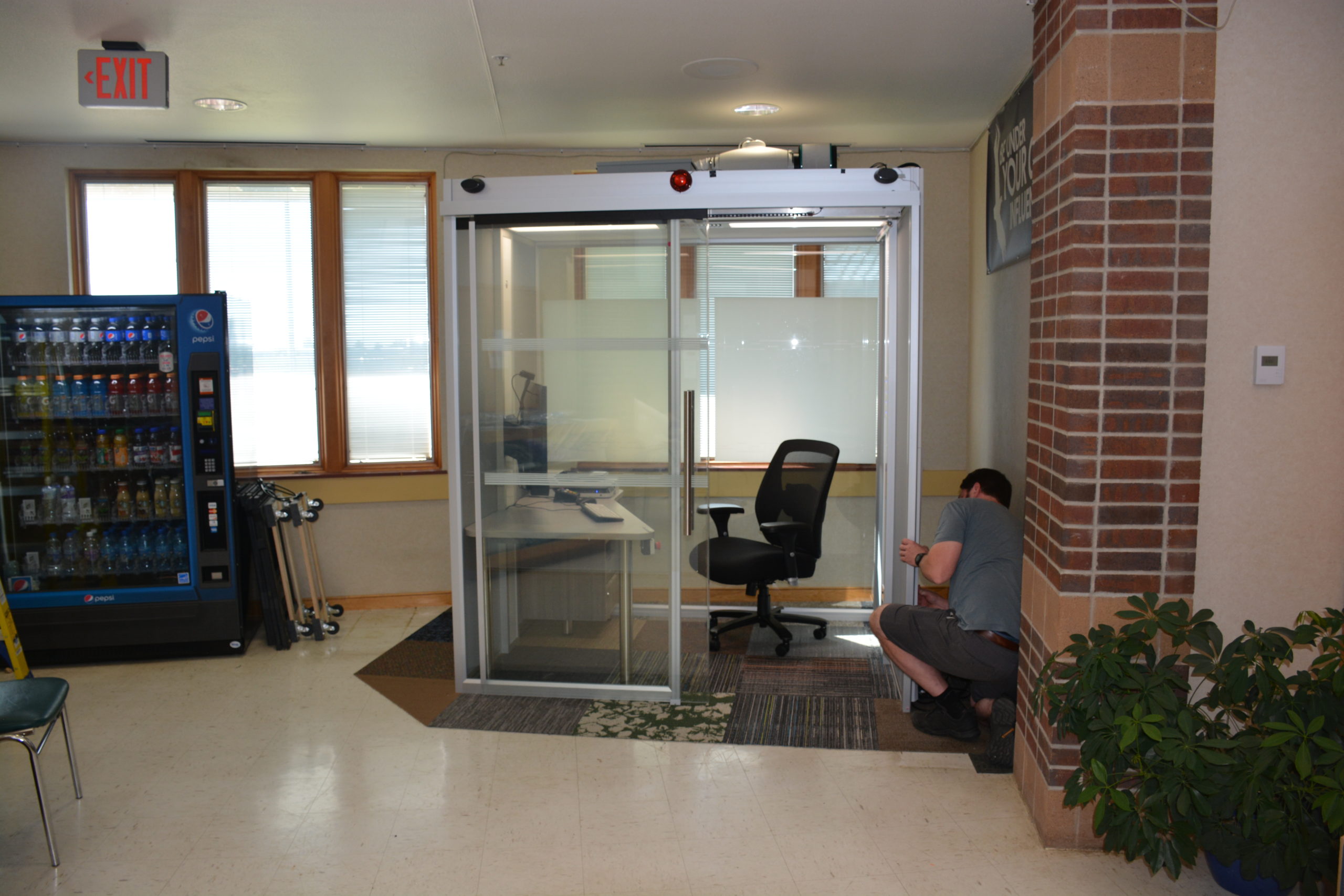



 On a regular basis,
On a regular basis,
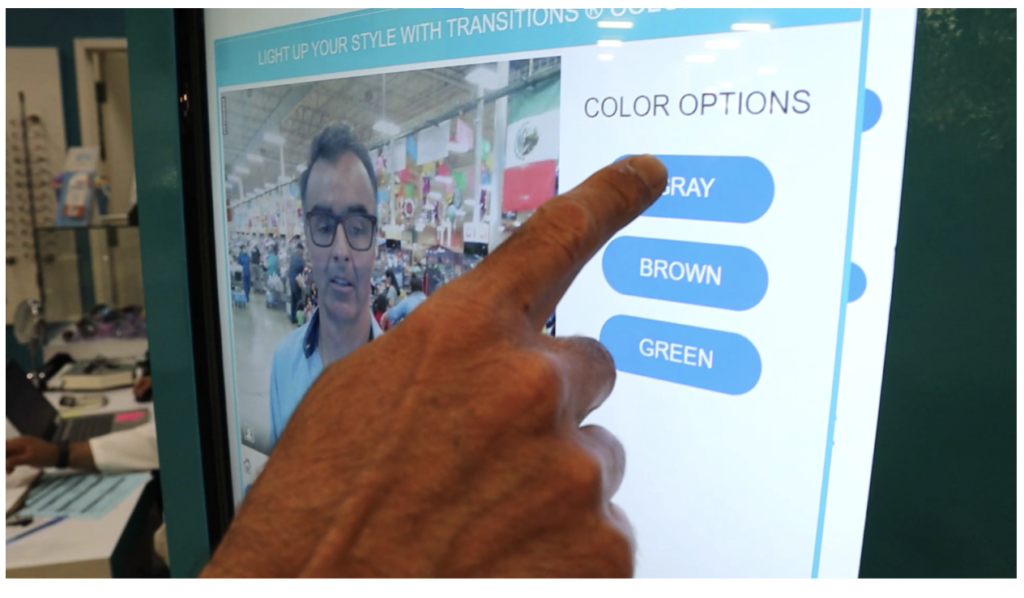

 In those cases, a desk and a chair will be required.
In those cases, a desk and a chair will be required.
 Advanced Kiosks’
Advanced Kiosks’ 